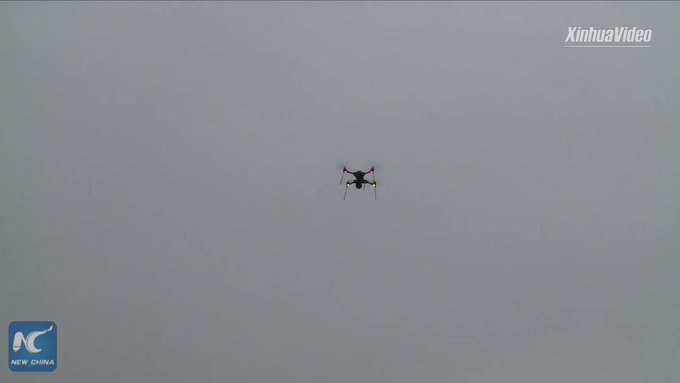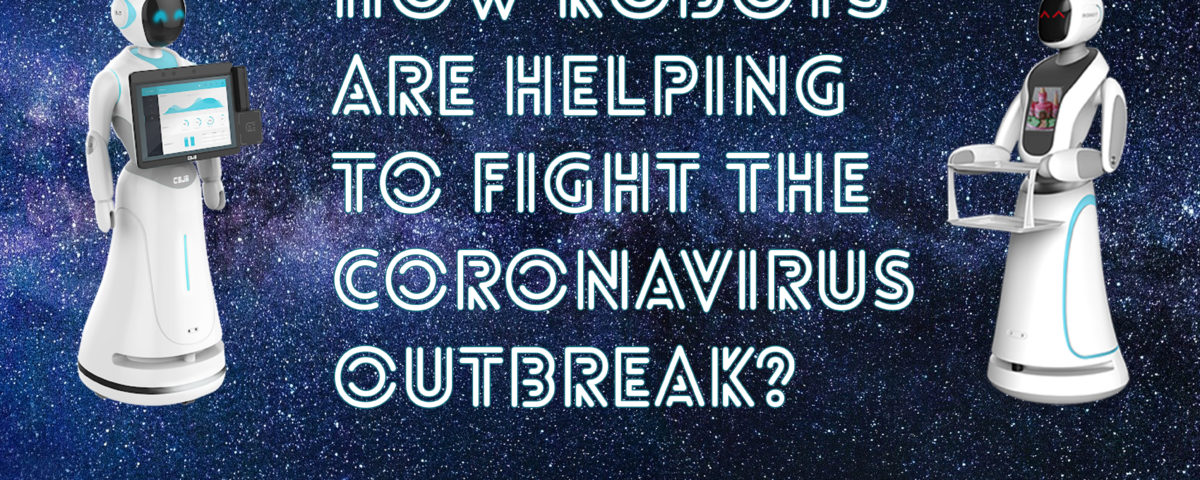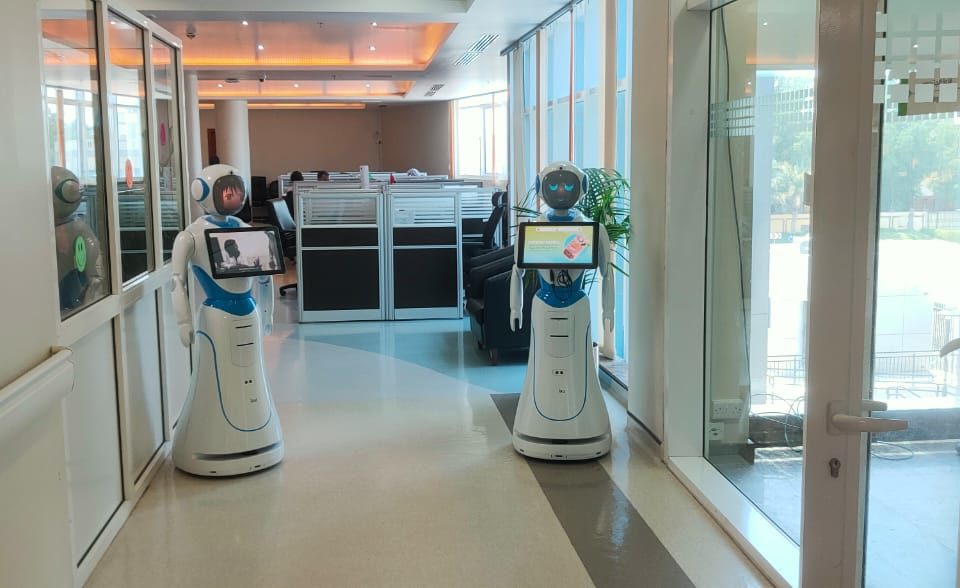
UAE strategies in supporting the artificial intelligence
March 10, 2020
Customer Service Robots
March 15, 2020As the COVID-19 virus, commonly known as coronavirus, continues to spread worldwide, robotics providers are responding to public health concerns.
There have been more than 89,000 confirmed cases and more than 3,000 fatalities worldwide to date, according to the Center for Systems Science and Engineering (CSSE) at Johns Hopkins University. Although there are far fewer COVID-19 cases and deaths than for other illnesses, such as influenza, mass media and politicians have had to address widespread worries about coronavirus’ rapid spread.
“Reducing the risk of person-to-person transmission is of the highest priority for government and health officials,” said Rocos Global Ltd. The Auckland, New Zealand-based company’s Rocos Robot Operations Platform is designed to enable developers and users to connect, monitor, and control fleets of robots.
Rocos pointed out that “robots are no stranger in the healthcare system,” now being used in surgical procedures, dispensing medication, and transporting items within hospitals. While no one robot can do it all, there are robots that can help with informing and entertaining people, moving patients, and cleaning and disinfecting areas.
Some of the challenges facing robotics startups that want to serve the healthcare market include central management of growing robotic fleets, providing the right levels of support, and improving collaboration among robots and with human staffers and patients, said Rocos.
“China is becoming the largest testing ground to demonstrate how emerging technologies can be harnessed to improve epidemic management and minimize the economic impact of the coronavirus outbreak,” stated Venkata Naveen, a disruptive tech analyst at GlobalData.
Below are examples of companies responding to coronavirus.
Coronavirus and disinfecting robots
UVD Robots ApS is among the first providers of mobile robots that use ultraviolet light to disinfect rooms. The Odense, Denmark-based company is scaling up to meet global demand.
Los Angeles-based Dimer UVC’s GermFalcon is a cart that uses UV radiation to disinfect aircraft cabins. Shanghai-based TMiRob has deployed 30 disinfection robots across hospitals in Wuhan, the epicenter of the COVID-19 outbreak.
In Taiyuan, China, local authorities have used a remote–controlled vehicle to spray disinfectant in residential areas in an attempt to limit the spread of the coronavirus.
Wilmington, Mass.-based Xenon Corp. provides UV-C lamps to Xenex Disinfection Systems. San Antonio, Texas-based Xenex’s robots are designed to reduce healthcare-associated infections in hospitals, and it claimed that its LightStrike UV robot is already in use in 500 facilities in the U.S.
Delivery robots help limit exposure
Several hospitals in China are using robots to deliver food and medical supplies internally to limit people’s potential exposure to infection, said Rocos.
For example, Pudu Technology Inc.‘s robots are autonomously delivering meals.

Pudu’s robots are delivering food in a Hangzhou hospital. Source: Intel Corp.
Qianxi Robotic Catering has donated robots to prepare food for medical workers in Wuhan. A hospital in Hangzhou, China, is using 16 “Little Peanut” robots from Keenon Robotics Co. to deliver food. Mobile robots can also remove trash.
Siasun Robot and Automation Co. has donated robots for collecting throat cultures, as well as adjustable beds, to hospitals in Shenyang. JD.com Inc. is also testing delivery robots in Wuhan.
Telepresence robots join the coronavirus fight
Beijing Orion Star Technology Co. has partnered with Cheetah Mobile to provide robots for fixed-point delivery of medical supplies and remote consultation at Peking University Shougang Hospital, Beijing Haidian Hospital, Wuhan Vulcan Mountain Hospital, and Zhengzhou’s Xiaotangshan Hospital. Cheetah Mobile is an investor in the service robot company.
“Since the outbreak of COVID-19, we have launched the anti-epidemic products in hospitals in the hope that they can alleviate the tension resulted from insufficient medical personnel as well as cross-infections,” stated Fu Sheng, CEO and chairman of Cheetah Mobile.
OrionStar’s robots can also follow human instructions to collect, store, and transmit photos, video, and data, including body temperature measured by a no-contact infrared thermometer. The hospitals can disinfect the robots as needed, and informational models are being programmed with general epidemiological data, a company spokeswoman told The Robot Report.

Mobile and telepresence robots can help limit exposure to coronavirus. Source: OrionStar
In addition, China Mobile and CloudMinds have donated 5G-enabled robots to a Shanghai medical facility to aid medical staffers. The hospitality industry is also using telepresence robots in response to health concerns.
In Everett, Washington, doctors used an InTouch Health robot to remotely communicate with a patient.
Israel-based Robotemi is also offering its Temi personal robot in South Korea to help reduce exposure to COVID-19.
Drones could maintain curfews, detect coronavirus symptoms
Shenzhen MicroMultiCopter (MMC) has launched drones to remind people to wear masks, spray disinfectant, and manage traffic. Videos posted on social media claim that Chinese officials are using aerial drones to keep residents indoors, reported the Global Times.
Cameron Chll, CEO of Draganfly Inc., suggested that drones could use thermal imaging to detect people with fevers.
Drones have joined fight against novel #coronavirus (COVID-19) in China. Equipped with thermal imaging technology, they can detect those with a fever up in the air. Check out drone patrol in central China’s Hunan

Antwork Ltd.‘s networks, which include drones, can deliver medical supplies and transport samples to laboratories. XAG has provided mobile robots and drones based on agricultural models to disinfect vehicles.
Although sensors are not yet sensitive enough to detect viruses at a distance, artificial intelligence is being applied to analyze how the coronavirus is spreading to detect patterns, begin formulating vaccines, and draw lessons for future epidemics.


